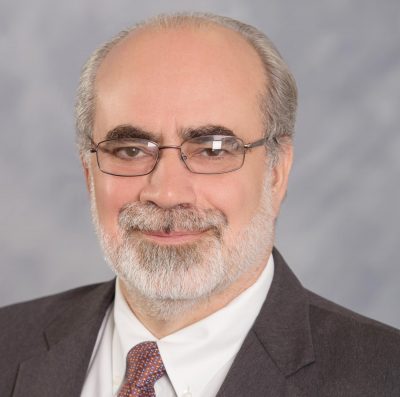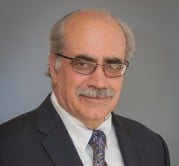The Paradigm of Collaborative Efficiency and Local Innovation

I have often taken U.S. credit unions abroad to see how other systems implement collaborative solutions. Rabobank in the Netherlands, Sicredi in Brazil and SKOK in Poland are credit union systems in which centralized, shared business processes help achieve greater efficiencies. By pooling investment in information technology, credit unions reduce redundancy. By sharing a common brand and common set of policies and standards, they enforce a consistently high standard. Oftentimes, however, they face the trade-off of achieving efficiency from standardization while losing the opportunity for local entrepreneurial innovation.
Credit union systems overseas learn from the U.S. as well. The Association of British Credit Unions Limited travelled to Maine to learn about the credit unions’ shared business model with back-office data processing. The U.K. credit unions just reached a million members, but many continue to be small and challenged with achieving greater efficiencies while credit union interest rates are controlled by law. British credit unions had asked for a shared business model to centralize data processing and expand product offering.
Maine credit unions committed to doing business together more than 40 years ago. The foundation of their shared business model is the core accounting data processing system. They use a central Symitar data processing system through Synergent, a for-profit subsidiary of the Maine Credit Union League. Both large and small credit unions that had previously used in-house data processing systems found the central system to be less expensive and less subject to the shocks of personnel changes. Equally important, credit unions on the system do not cobrand and may compete within the same geographic area.
Critical for Synergent was not only the accuracy and reliability of the core data processing system, but its flexibility. It needed to interface with a variety of service alternatives or “third-party add-ons,” including vendor software for opening accounts, loan processing, mortgage services, auto indirect lending and mobile banking. In this environment, small credit unions could offer the same range of products as their larger counterparts. Synergent offers credit unions up to three add-on product alternatives rather than forcing them to accept one product. If a credit union still wants to use another product, Synergent will add it to the system if that credit union is willing to pay the cost of building the interface.
One of the reasons credit unions like the centralization is that it reduces the number of third-party service providers they have to deal with directly. Credit unions can offer a broad array of products, yet the data service bureau manages the third-party relationships for them. Much of the Maine model’s success has to do with Synergent’s flexibility in managing the third-party add-on services to help the credit unions compete. So many centralized systems struggle with the trade-off between the efficiency of enforced systems versus the entrepreneurship and innovation of local community response decisions. It boils down to how much a credit union wants to differentiate itself down the road. The flexibility of the centralized system to integrate add-ons stimulates entrepreneurial experimentation in member service, while credit unions drive innovation to the center.
Dr. Brian Branch, president and CEO of World Council of Credit Unions (WOCCU), was appointed in 2011. Dr. Branch has worked at WOCCU since 1990 and has been engaged in development fieldwork, research and implementation for more than 30 years. www.woccu.org





